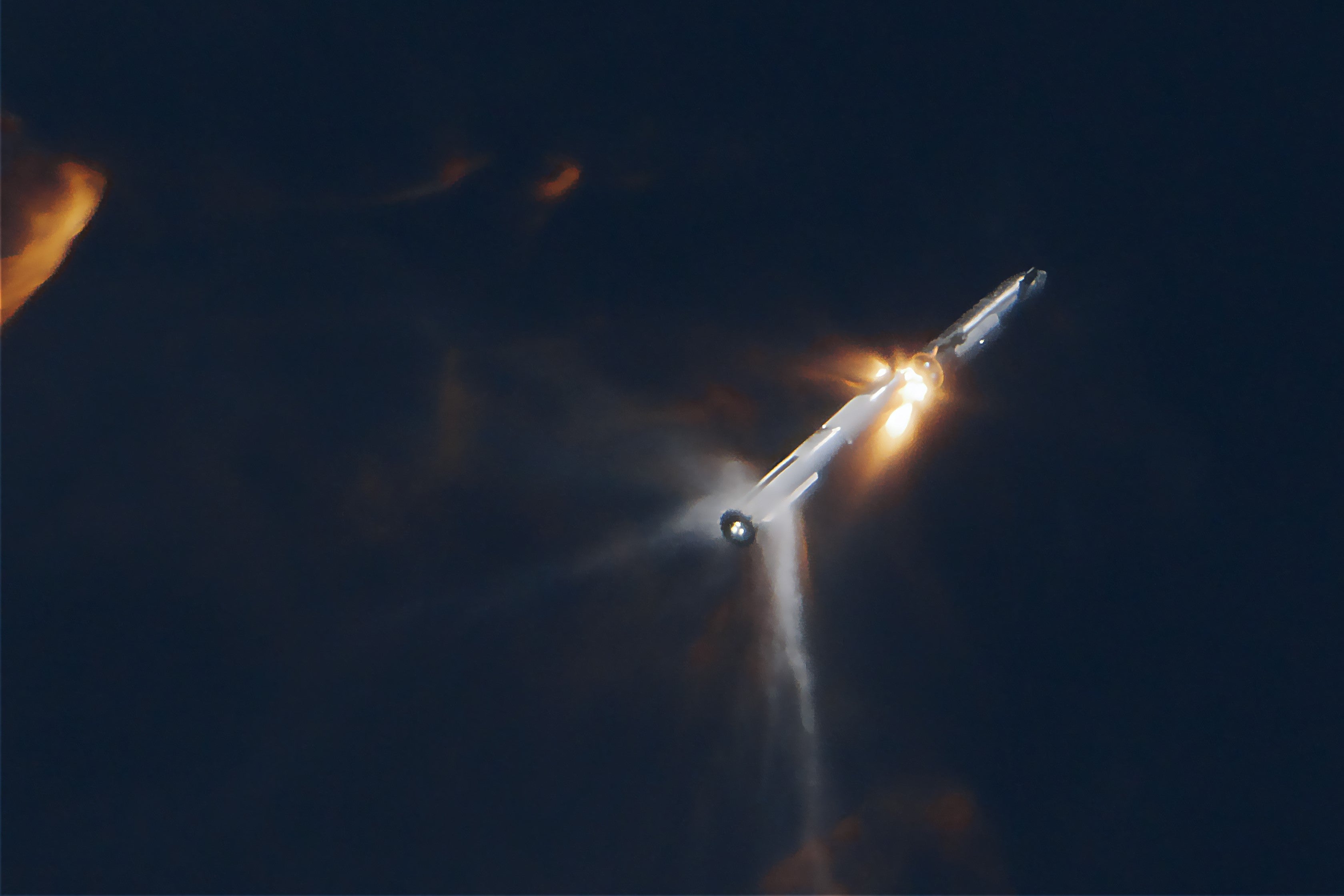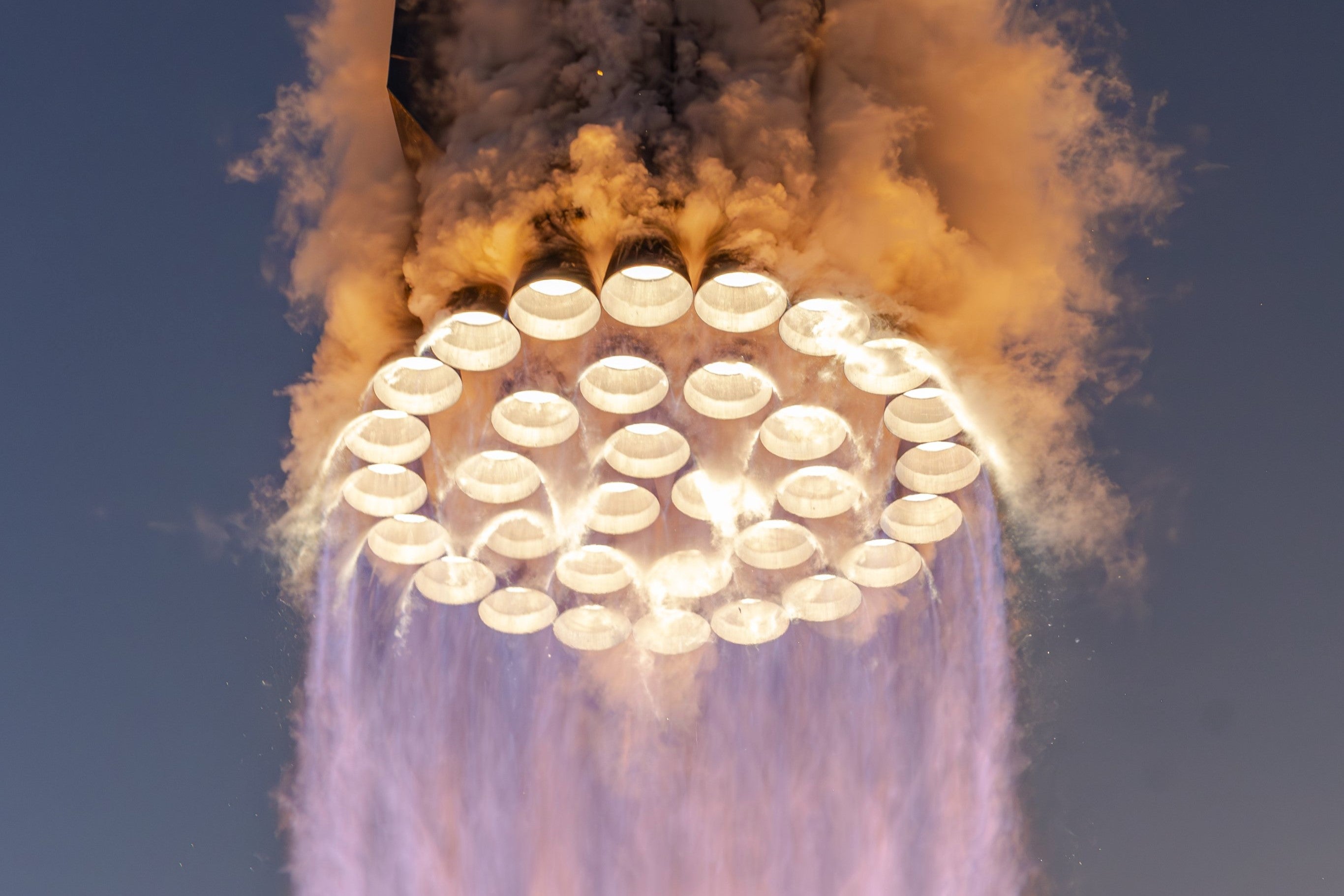Next Starship launch will see Moon mission tech tested, Nasa says
SpaceX could attempt first in-flight refueling for world’s biggest rocket

SpaceX is planning to test a critical technique for Moon and deep space missions during the next launch of its Starship rocket, according to Nasa.
The third major flight test of the world’s biggest rocket is expected to take place early next year after the first two attempts ended in explosions.
Future versions of the spacecraft will be used to help deliver people to the Moon as part of Nasa’s Artemis program. Key to this mission will be the ability to perform an inflight propellant transfer, which could be attempted during the next test flight that aims to launch Starship from Texas and land it in Hawaii.
A spokesperson for the US space agency told CNBC that discussions are currently underway to try the orbital refuelling technology.
“Nasa and SpaceX are reviewing options for the demonstration to take place during an integrated flight test of Starship and the Super Heavy rocket,” the Nasa official said. “However, no final decisions on timing have been made.”
For the test to succeed, Starship would need to reach low-Earth orbit – something SpaceX is yet to achieve.
The first attempt on 20 April this year ended when both stages of the rocket exploded after attempting to separate a few minutes after launch.
The second high-altitude flight test on 18 November was more successful, becoming the first to achieve hot-staging separation. This saw the top part of the rocket separate from the Super Heavy booster using its onboard engines, however both parts of the rocket were ultimately lost.

The inflight fuel transfer will be the first test of a system designed to eventually allow Starship to refuel from an external tanker in Earth’s orbit.
“The goal is to advance cryogenic fluid transfer and fill level gauging technology through technology risk assessment, design and prototype testing, and in-orbit demonstration,” Nasa said.
“The demonstration will decrease key risks for large-scale propellant transfer in the lead-up to future human spaceflight missions.”
Following the November launch, SpaceX boss Elon Musk said the next Starship rocket system should be “ready to fly in three to four weeks” but the timeline will depend on the speed of external reviews undertaken by regulatory agencies like the Federal Aviation Administration (FAA).
Mr Musk has been known for his ambitious development deadlines, which have frequently been pushed back. His ultimate goal for Starship is to build hundreds of the rockets in order to establish a permanent human colony on Mars by 2050.

Join our commenting forum
Join thought-provoking conversations, follow other Independent readers and see their replies
2Comments